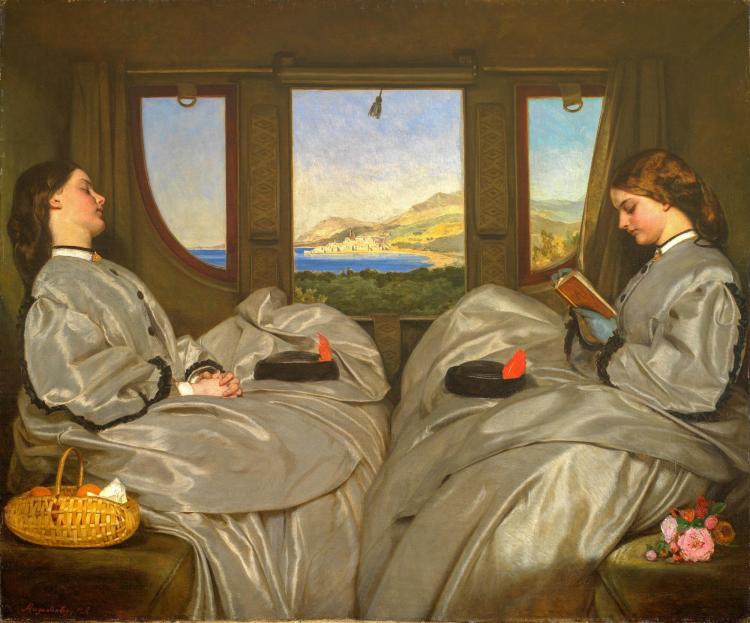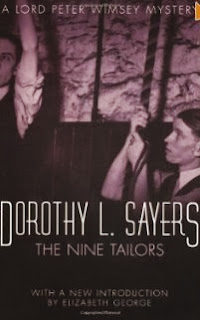My aim for this year - the mountain I'm attempting to climb that is - is to climb Mount Ararat. That involves reading 48 of my own books before the 31st. DEcember. I thought that was doable as last year I read around 35 without really trying and 48 is only 4 books a month.
Anyway, firstly we have to:
1. Tell us how many miles you’ve made it up your mountain (# of books read). If you’re really ambitious, you can do some intricate math and figure out how the number of books you’ve read correlates to actual miles up Pike’s Peak, Mt. Ararat, etc. And feel free to tell us about any particularly exciting adventures you’ve had along the way.
My number of books read is 11. That takes me to within shouting distance of the top of Pike's Peak (12 books required for that), in fact I've started book 12 so am almost there. I am in fact almost a quarter through my challenge and pretty much on track as we're now a quarter of the way through the year of course. I did wonder if I might be able go beyond 48 books and am actually quite hopeful that I might eventually manage to do that.
Next:
2. Complete ONE (or more if you like) of the following:
A. Post a picture of your favorite cover so far.
B. Who has been your favorite character so far? And tell us why, if you like.
C. Have any of the books you read surprised you--if so, in what way (not as good as anticipated? unexpected ending? Best thing you've read ever? Etc.)
D. Which book (read so far) has been on your TBR mountain the longest? Was it worth the wait? Or is it possible you should have tackled it back when you first put it on the pile? Or tossed it off the edge without reading it all?
I'll start with A - 'Post a pic of your favourite cover', which is easier said than done because when I looked at the list of books I'd read, I'd got three contenders:
The Long Winter by Laura Ingalls Wilder, Consider Phlebas by Iain M. Banks, and Sundiver by David Brin:
I like the first because it's a wonderful depiction of a snow scene on The Prairies in the 1800s. These Puffin covers are from the 1970s or 80s I believe and I'm a bit fond of this particular set. The second is just a stunning scene of an ocean on a man-made planet with the sky and the cosmos above. Beautiful. The third I simply like because of the colours used... and the depiction of the alien, whose name I now completely forget. It's just a damn good sci-fi cover, in my opinion.
And the winner is? Consider Phlebas. Annoyingly, because I've passed the book on I don't know who is responsible for the artwork, but whoever it was - it's gorgeous.
I'll do D for my second question, 'Which book has been on your tbr pile the longest?'
Well. I suppose, strictly speaking, that would be The Long Winter because it's been owned since the 1980s. The thing is, it hasn't been on my tbr mountain since then, it's been on the bookshelf in my grand-daughter's room and actually belongs to her mum. I didn't decide to read the Little House series until the last three or four years. Probably the one that's waited longest is Sundiver by David Brin. I bought that on a trip to Memphis, Tennessee in 2006. Our hotel was a short ride away from a mall where there was a Barnes and Noble and we went there several times to escape the heat, *and* buy books. I came home with 4 David Brin books and they've languished on the shelf ever since. 'Was it worth the wait?' Frankly, no. It wasn't a bad book by any means but I had hoped for a slightly more involving science-fiction read. Not sure it was worth bringing back in my suitcase to be honest. But there you go, win some, lose some.















